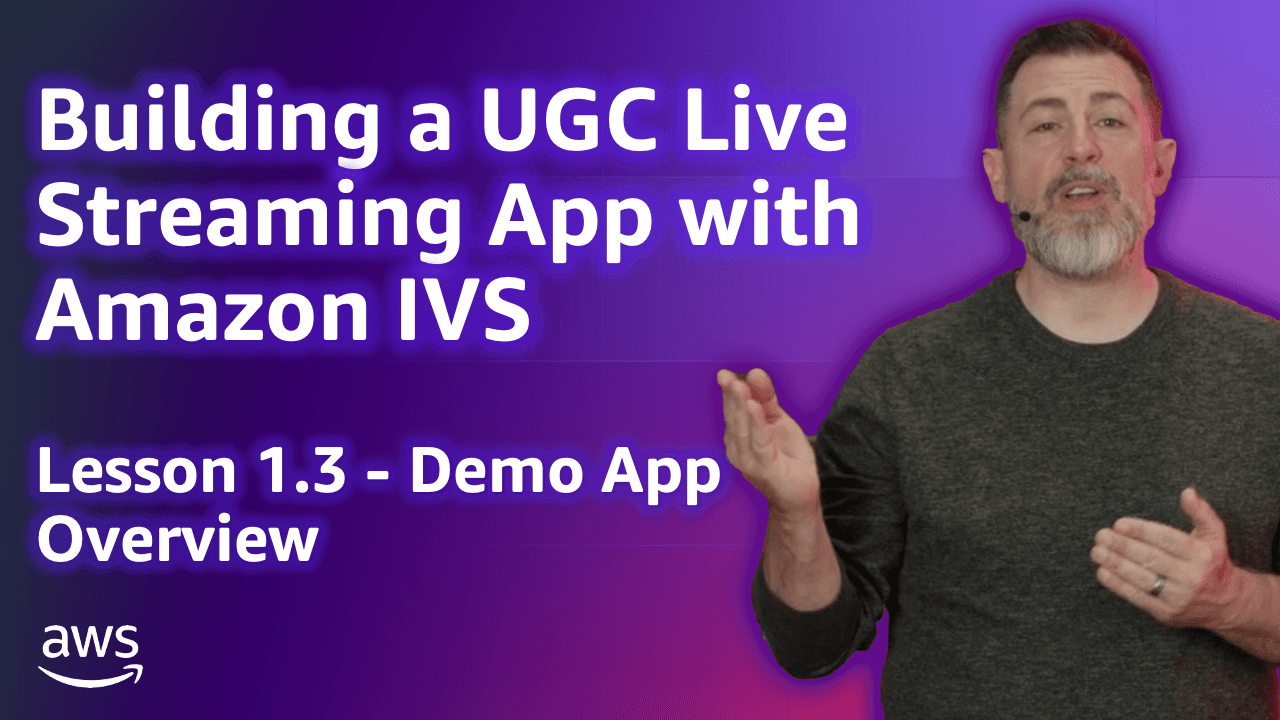
Build a UGC Live Streaming App with Amazon IVS: StreamCat Overview (Lesson 1.3)
Welcome to Lesson 1.3 in this series where we're looking at building a web based user-generated content live streaming application with Amazon IVS. This entire series is available in video format on the AWS Developers YouTube channel and all of the code related to the sample application used in this series can be viewed on GitHub. Refer to the links at the end of the post for more information.
Note: Amazon IVS supports private channels that utilize playback tokens to prevent unauthorized viewing, but this feature was not included in the StreamCat application. Refer to the Amazon IVS docs to learn more about setting up private channels for authorized playback.
Any opinions in this post are those of the individual author and may not reflect the opinions of AWS.
